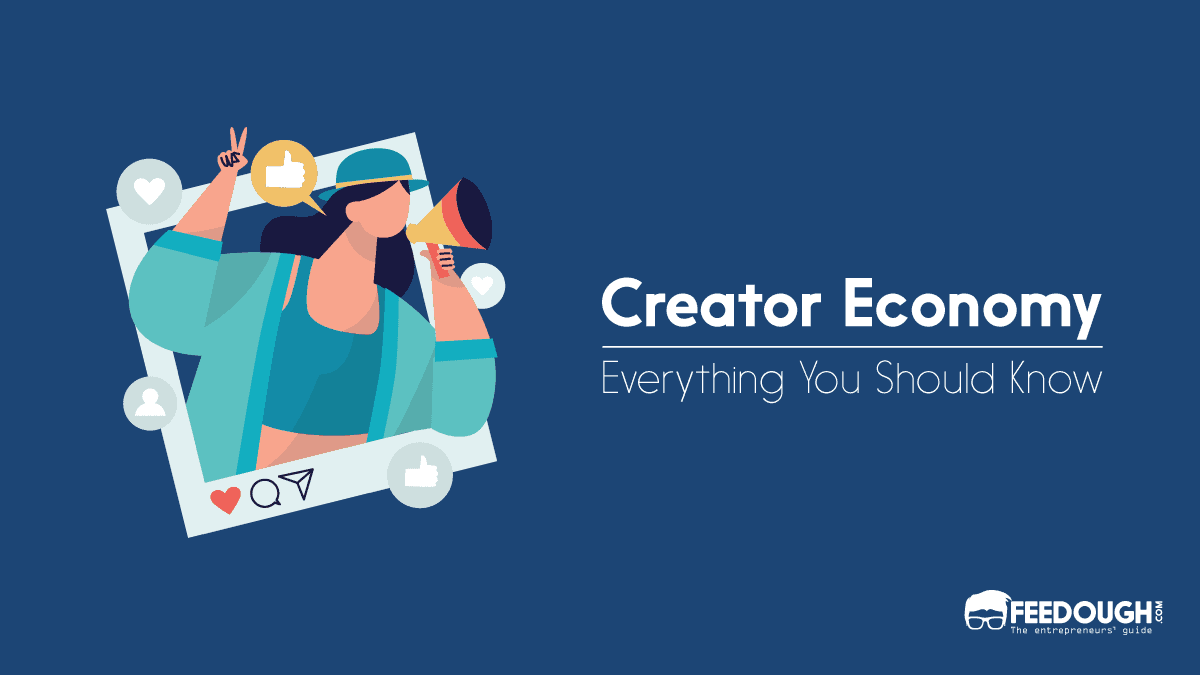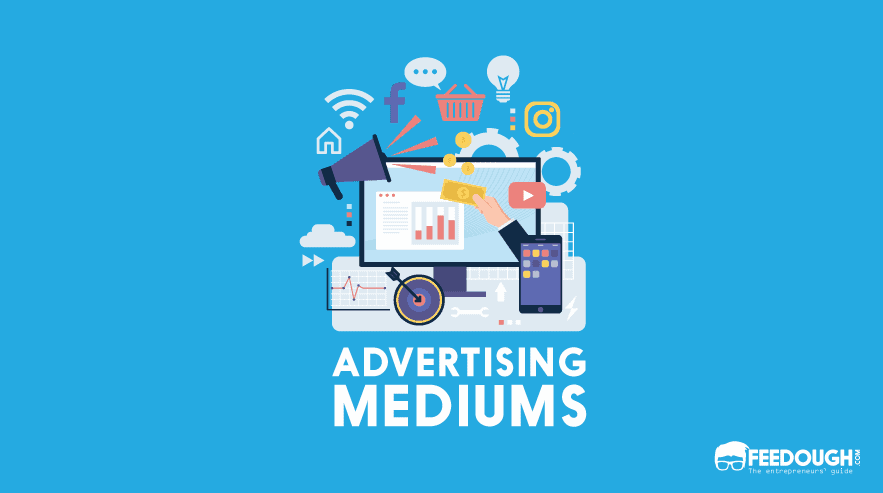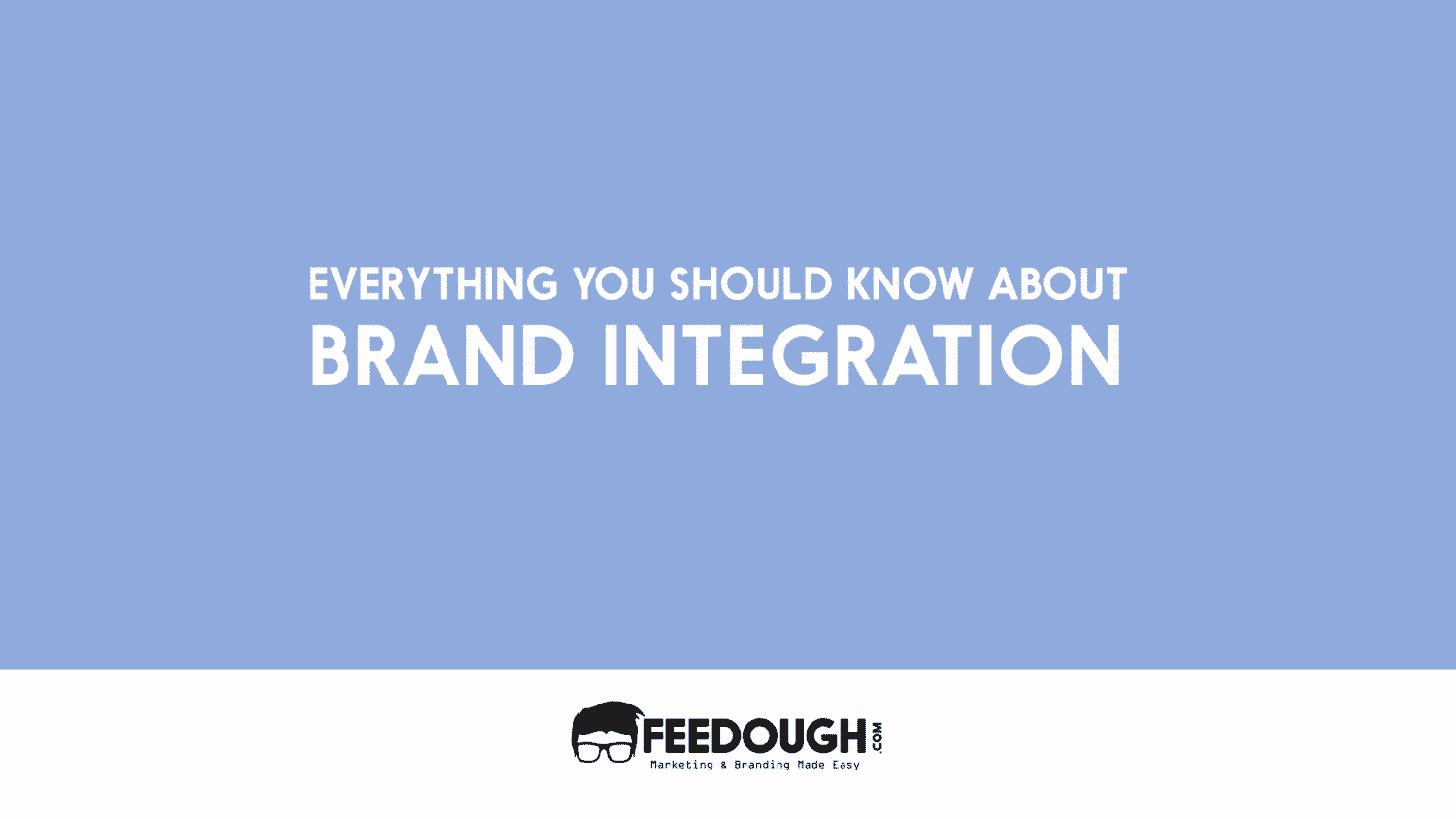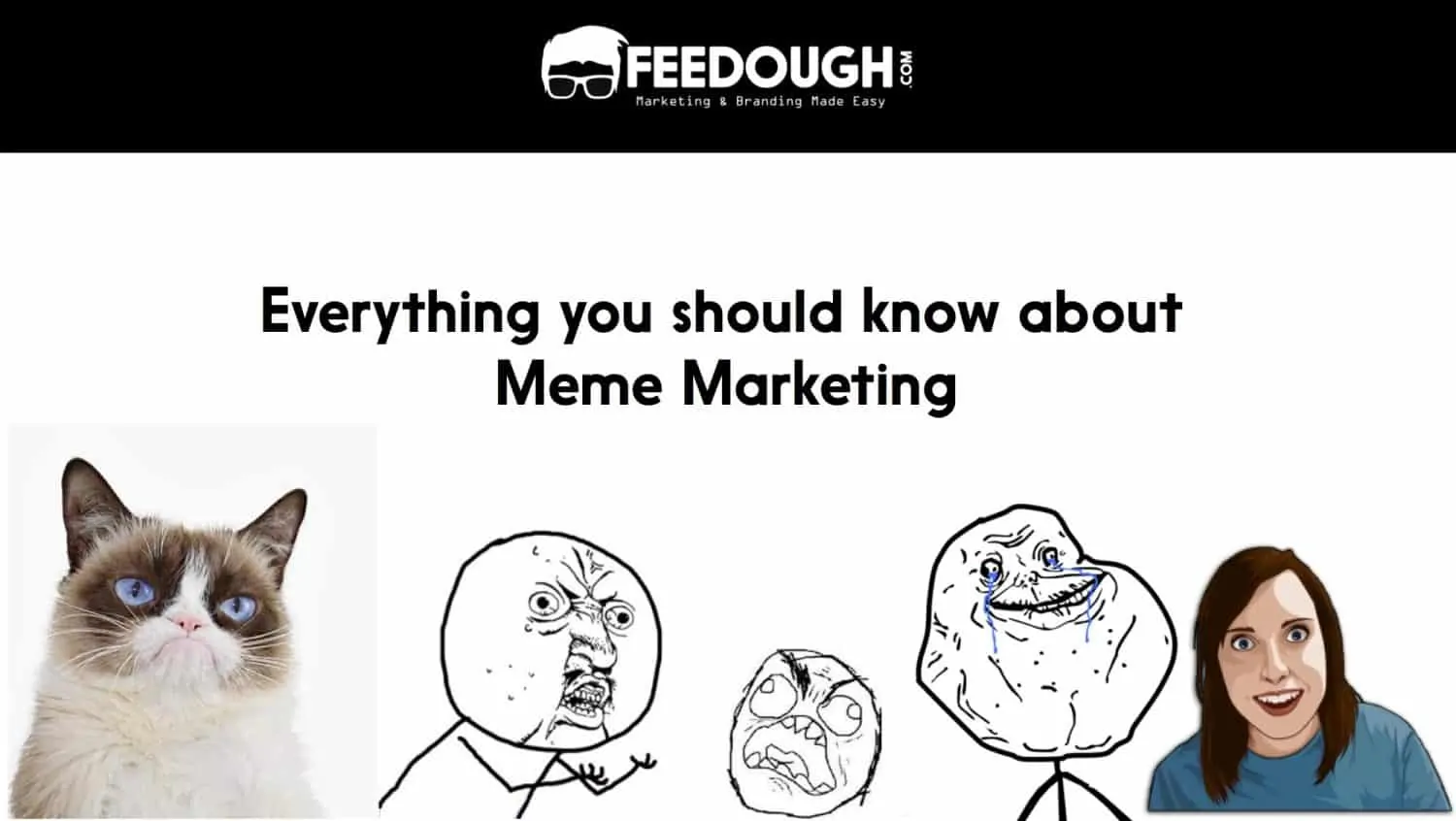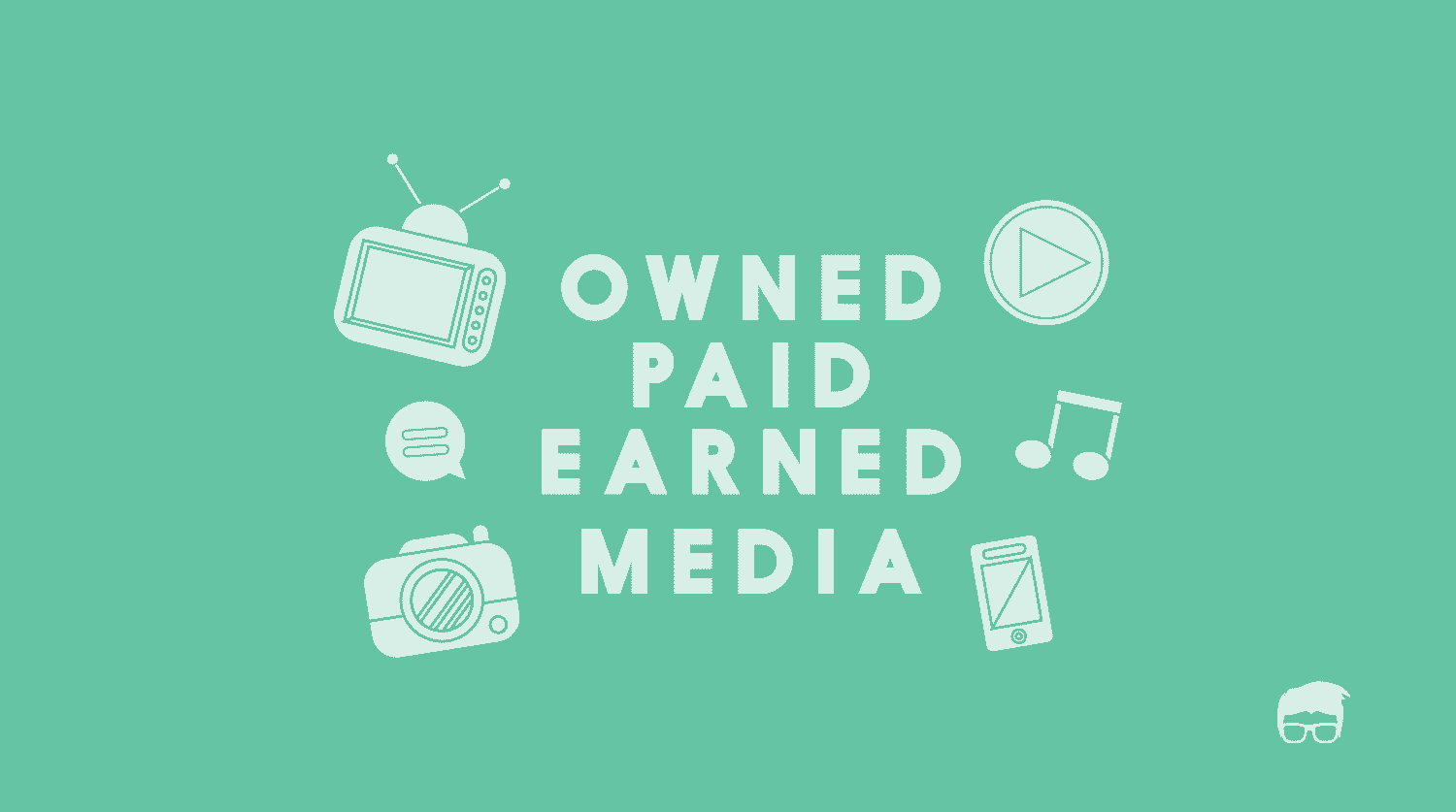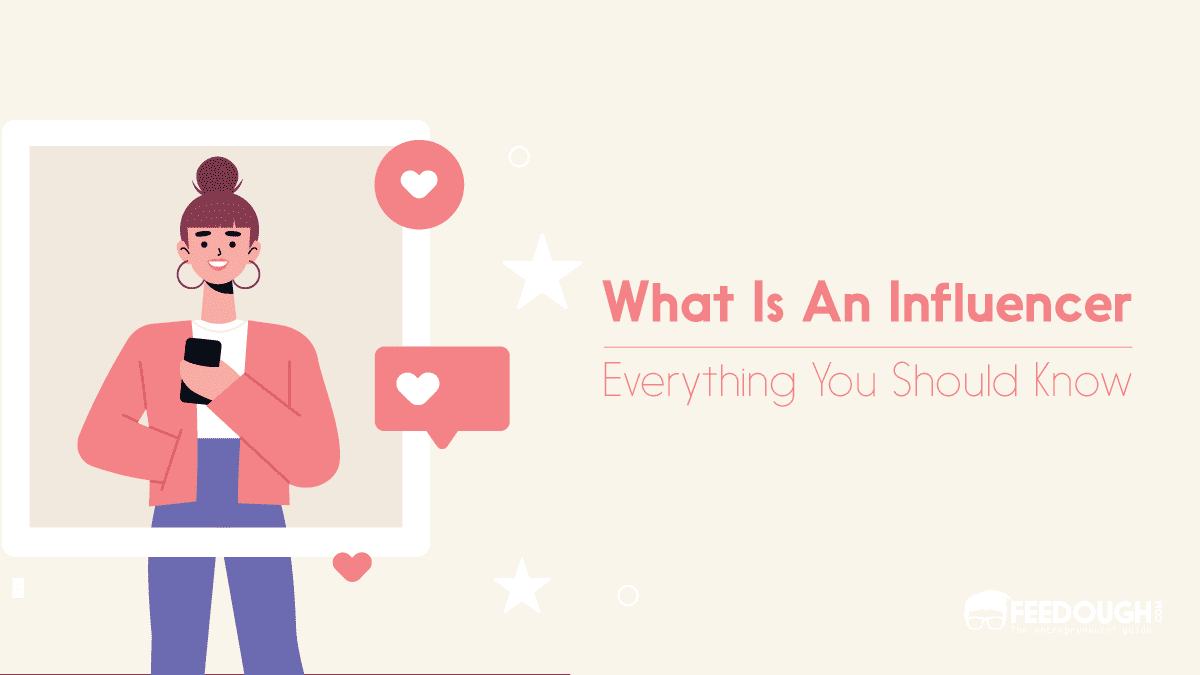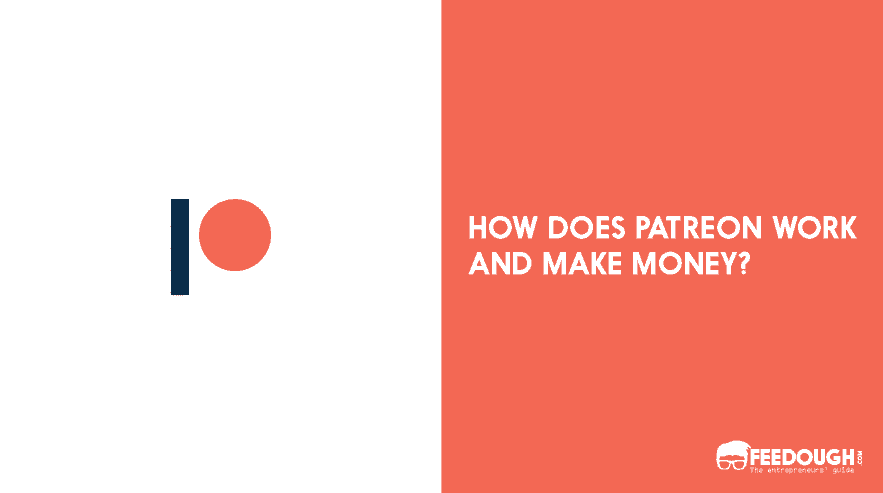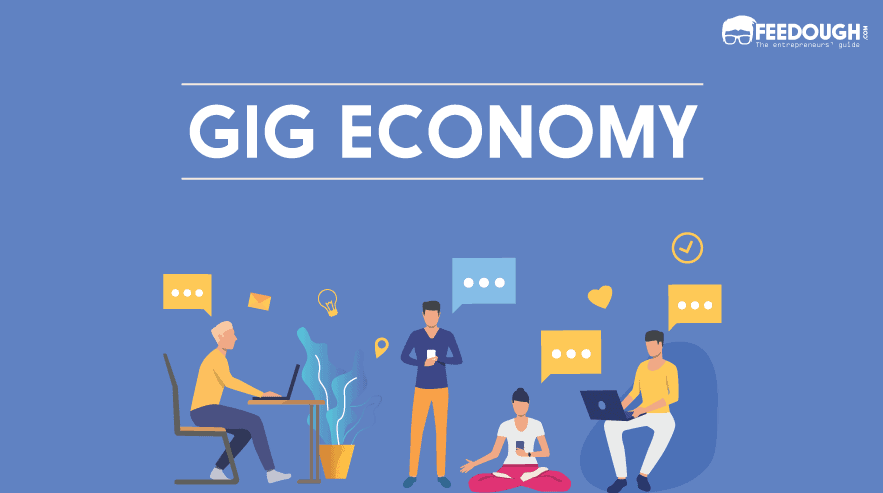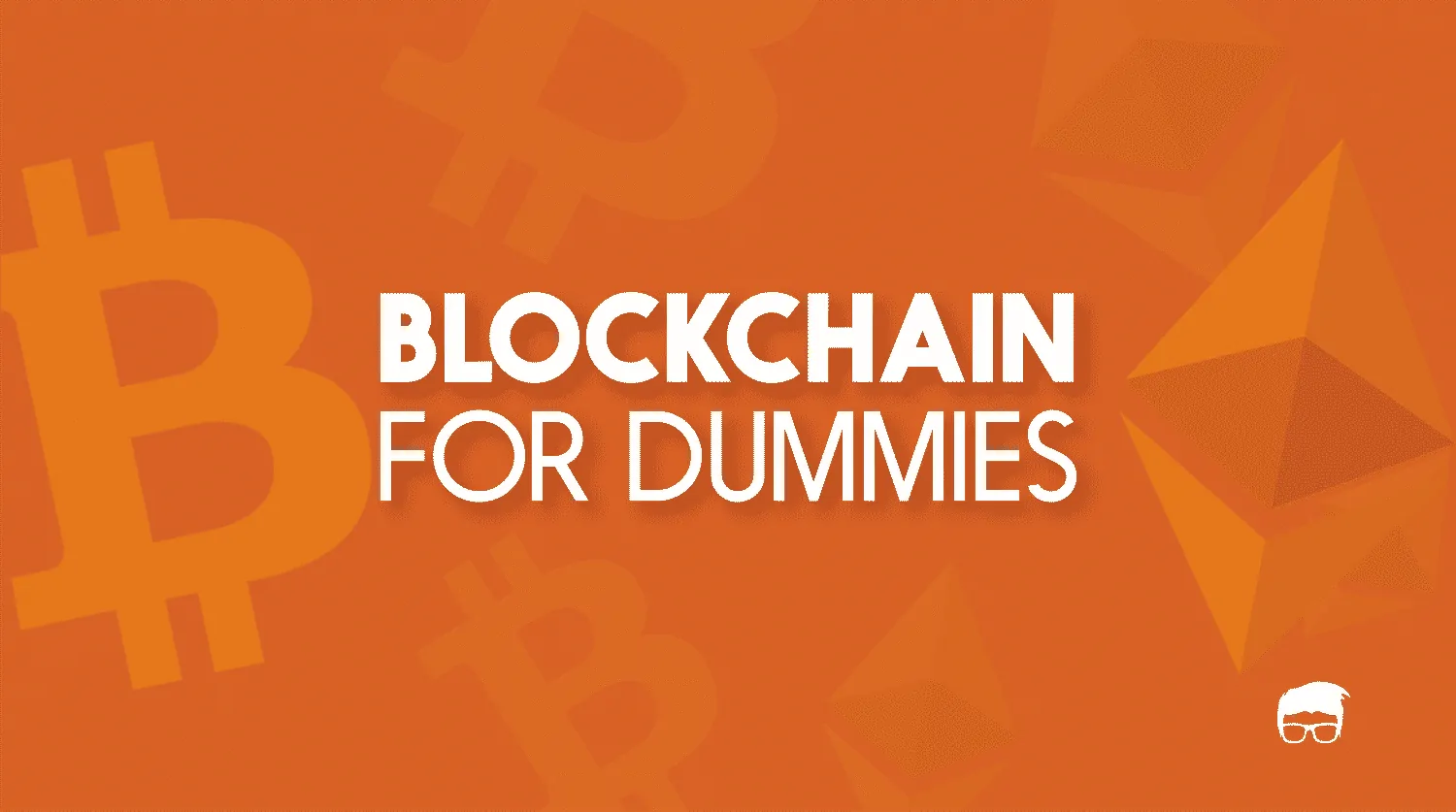Not so long ago, the information and entertainment industry was dominated by a few big players. TV, radio, and newspaper were the major mediums used by most people to consume content.
The trend continued for a long time. But as the internet evolved, so did Web 2.0 – the web where users were not just consumers, but creators. People started creating content and sharing it with their communities. Individuals became the producers and their own brand managers.
This trend caused a revolution in the way content was produced, distributed, and consumed.
And all this led to the development of the creator economy.
What Is Creator Economy?
The creator economy is defined as an economic system built by independent content creators who are connected to their audiences and businesses via the internet.
Creators are people who create, own, and distribute the content they produce to their audiences. The content is in the form of text, podcasts, music, videos, digital books, games etc.
These creators monetise their expertise by sharing content on ad-sponsored platforms, partnering with brands, charging subscription fees, providing services etc.
These creators are infopreneurs who use content creation to communicate with their audiences and engage them. The audience in turn can support the creator monetarily by engaging with the content, paying for it, or making them their opinion leaders and purchasing from the brands these creators endorse or are associated with.
How Does Creator Economy Work?
The creator economy creates an ecosystem between creators, consumers, advertisers, and other stakeholders. This ecosystem has significant implications for the way content is created, distributed, consumed and monetised.
There are majorly five stakeholders –
- Creators
- Consumers
- Platform
- Businesses
- Tools
Creators
Creators are infopreneurs who create content that is consumed by their audiences. The content can be informative, entertaining, inspiring etc.
These creators use their expertise to create content, build their audiences, and monetise their content.
There are four main types of creators –
- Bloggers/Vloggerswho share information or advice on topics they are known for. For example, fashion bloggers on what’s new in the fashion industry.
- Entertainers who use their skills in writing, music, or any other form of art to create content. For example, a musician sharing songs on Soundcloud.
- Guides and experts who share their knowledge on products, services, and other topics. For example, a guide to get analytics for free on Google Analytics.
- Existing celebrities who use their popularity to create content. For example, Stephen Fry sharing snippets of his daily life on Twitter.
Consumers
Consumers are people who consume content. They are the target audience of the creators.
Consumers engage with the content created by experts, support them monetarily or follow their opinion leaders for information and entertainment.
Platforms
Platforms are third-parties that facilitate creation, distribution, consumption, and monetisation. Platforms are used by both the stakeholders to engage with each other.
Platforms provide value-added services, earn revenue through advertisements or by charging subscription fees, and create opportunities for creators to monetise their expertise.
Some examples of platforms are YouTube, Instagram, TikTok etc.
Businesses
Businesses are companies that wish to advertise their products and services with the help of content creators. They target the audience of the creators by partnering with influencers to create content around their offering which is then distributed through influencer’s channels.
This collaboration between influencers and businesses lead to effective brand awareness campaigns.
This new business model is beneficial for both stakeholders – influencers who are able to monetise their influence by charging a premium, and businesses who get their brand advertised efficiently.
Tools
Tools are platforms and other solutions that help the stakeholders collaborate to create, distribute, and monetise content. Tools also provide insights on performance to creators and businesses.
For example, tools like Buffer aid influencers in distributing their content on social media platforms, Canva help them create great visuals, and Onalytica helps them track their online presence.
What’s the State of Creator Economy?
Currently, there is a significant shift in the way content is consumed and produced. With many tech companies competing to create a viable business model to monetise their platform, the creator economy is becoming stronger.
Platforms such as YouTube, Instagram, and TikTok have been at the forefront of revolutionising the way content is created, distributed, consumed and monetised.
New business models are emerging where brands are partnering with influencers to create brand awareness and affiliate campaigns through the use of content. This has led to increased effectiveness in brand marketing due to the influence of compelling personalities who can make an emotional connection with their audiences.
Even though there are over 50 million independent creators, the creator economy is still in its nascent stage (96.5% of YouTubers don’t even make enough to reach the U.S. poverty line). It is constantly evolving, and with emerging business models, it will grow further.
The Creator Business Models
The creator economy has introduced innovative business models that are converting the lives of influencers into sustainable careers, allowing them to focus on what they love the most – creating, engaging with their audiences and monetising their influence.
Some of these business models are as follows:
Platform Revenue Sharing Model
For creators who use platforms like YouTube, Facebook, etc., this is the most popular model with the least barrier to entry. Here, creators are able to monetise their content by getting a cut of the ad revenue generated from their channel pages and posts.
Though it’s difficult to be profitable using this model unless your influence is extremely impactful and you have thousands of followers who will actively engage with your content, this model has pretty good earning potential. This model is usually preferred by creators who already have a significant following and want to diversify their earning sources.
Affiliate Marketing Model
Affiliate marketing is a commission-based model where influencers are paid a commission for each customer they refer to the partner brand. In this model, content creators not only monetise their influence but also help businesses generate leads through their content and establish themselves as authoritative figure in the industry.
Creators get special links or coupon codes that they share on their influence channels, which are then tracked by the platform to see if that lead turned into a sale.
Product Placement Model
Another brand partnership model where creators are paid to use or feature brands in their content. Here, advertisers or businesses pay influencers a fee in return for product/service mentions and links to their websites.
The cost per mention is decided based on the size and engagement of the creator’s channel and industry. This model may be preferred by some influencers who have a larger following base, especially if they are an authority figure in their space.
Creators can also get paid to attend sponsored events or create custom content that would help promote the brand.
Brand Sponsorship Model
A business or advertiser pays an influencer to promote their brand exclusively by featuring it in their content. This model requires creators to sign a contract that clearly stipulates the exclusivity of particular products and services and is also more expensive than other partnerships.
This type of brand sponsorship is generally preferred by influencers who are extremely popular and have a large influence over their audience.
Subscription-Based Model
There are several platforms like OnlyFans, Instagram, Patreon and Twitch which offer subscription-based content where viewers can subscribe to a creator’s channel for a fee of their choosing. Fans are then able to watch exclusive content, live streams and videos on these platforms that are not accessible anywhere else.
These models have become extremely popular with creators because the barrier to entry is lower but they still have an opportunity to grow their direct fan-to-creator revenue.
Self-Brand Offering
Several creators even launch their own products and services like clothing lines, accessories, etc. to not only generate an additional revenue stream but also establish themselves as an authority figure in their industry.
This model is more suitable for creators who are looking to build a sustainable business of their own rather than just earn money off their influence.
Creators with physical products related to the content they create would fare better using this model.
Donations
Donations are another popular form of monetisation in the creator economy and this model has been around for over a decade. However, it’s less popular today because you can’t always depend on donations since people would either forget or not be able to afford them which is why other models like subscriptions, brand sponsorship and affiliate marketing are preferred by most influencers.
The Future Of The Creator Economy
Web 3.0 is all about decentralisation and this is where the future of the creator economy lies. Currently, many influencers depend on third-party platforms like YouTube or Instagram to generate their revenue but as more users move towards decentralised social media networks powered by blockchain technology, we expect influencer marketing to also move in that direction and the creator economy to flourish.
Currently, platforms like YouTube takes 55% of ad revenue generated by such creators while only 45% goes to the creator.
This is the reason creators are moving away from such platforms and are developing more advanced business models like getting paid to create custom content for brands.
There is no doubt that the future of the creator economy is very bright indeed.
However, the only thing that could be a concern for this industry is the lack of transparency since it often becomes challenging to track views and engagement on these platforms.
Nevertheless, as more blockchain-based platforms emerge as a solution to these problems, we expect an upsurge in the creator economy.
Go On, Tell Us What You Think!
Did we miss something? Come on! Tell us what you think of our article on the creator economy in the comments section.
A startup consultant, digital marketer, traveller, and philomath. Aashish has worked with over 20 startups and successfully helped them ideate, raise money, and succeed. When not working, he can be found hiking, camping, and stargazing.
